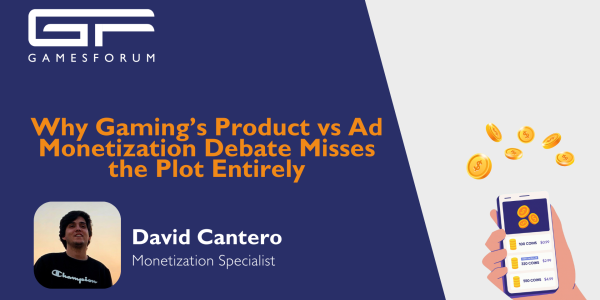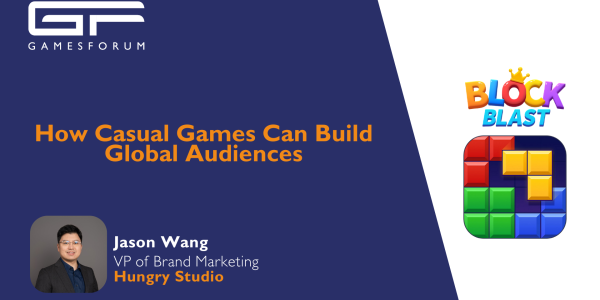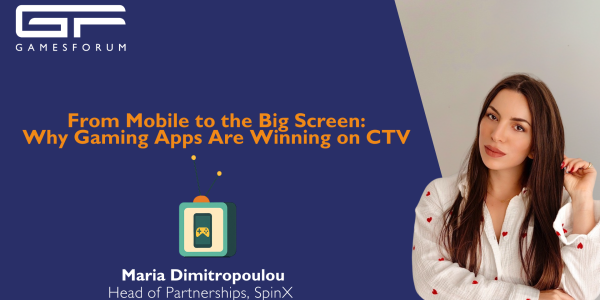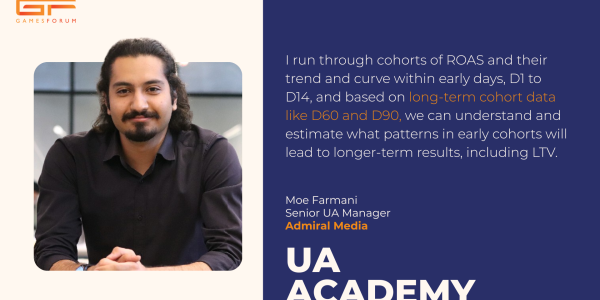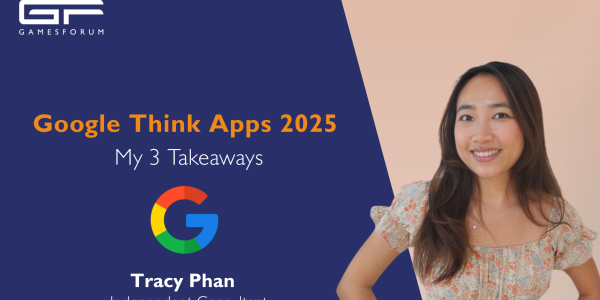Ad Mon Masterclass: Kalok Chan on Mastering Mobile Monetization in a Privacy-First Era

In this exclusive Ad Mon Masterclass, Kalok Chan, Director of Publisher Development at Verve, delves into the intricate world of mobile app monetization, sharing insights from his extensive career. With experience spanning roles at Mocean Mobile, PubMatic, MoPub, Fyber, and now leading Verve's in-app business development team for EMEA, Kalok offers a unique perspective on the evolving ad tech landscape and monetization methods. He discusses the challenges publishers face today, such as privacy regulations and the shift in targeting capabilities, and how Verve is addressing these with innovative solutions like ATOM.
Kalok, what drew you into the dynamic world of mobile app monetization? Can you share key experiences or challenges that shaped your career path and perspective on the industry?
My first venture in the mobile space was at a VC-backed mobile app ad mediation platform named Mocean Mobile. During my time there, I supported mobile app publishers, such as Gruner + Jahr, Sanoma Finland, and the Netherlands, in growing their revenues with ad networks and supply-side platforms.
I joined PubMatic in 2014 through their acquisition of Mocean Mobile, where I continued to support in-app publishers whilst branching out to desktop/web publishers.
Things turned full circle; as I went back to the mobile app space with MoPub, then Fyber (now Digital Turbine), and now Verve where I manage the in-app business development team for EMEA.
How do you see Verve’s role in the broader mobile ecosystem? What unique challenges do publishers face today, and how does Verve address these from a product and service perspective?
From both regulatory and technological standpoints, privacy has never been more complicated. Verve aims to be a trusted partner for stakeholders throughout the ecosystem, helping balance the needs of users, publishers, and advertisers.
One of the key challenges publishers face today is the impact of privacy regulations and the deprecation of identifiers like IDFA where publishers struggle to maintain targeting capabilities and prove audience value.
Understanding these challenges, Verve has developed Anonymized Targeting on Mobile (ATOM), which aims to reclaim pre-IDFA eCPMs on anonymized users.
Another challenge is balancing user experience with monetization. Verve supports all major ad formats and has invested in its SDK to support features such as StoreKit Auto Open, SKOverlay, and Custom End Cards to raise the engagement of full-screen ads.
Kalok, given the evolution of the mobile ad landscape, how has your role as a monetization specialist adapted? What do you see as the most significant shifts in the industry, particularly in the interplay between ad exchanges, SSPs, and direct deals?
There are many topics we can touch on here; privacy and compliance, waterfall vs header bidding, ad quality - though let’s touch on ad formats and direct deals.
Ad formats
Interstitial and rewarded ads have come a long way since their inception. As I mentioned earlier, there are new ways to drive engagement, such as Storekit Auto Open, SKOverlay, and Custom End Cards. In addition to this, there are playables. All these create a seamless path to downloading the app that was being advertised.
These were predominantly performance advertiser-driven, which presents a different challenge to brand advertisers which Verve is championing in addressing.
Direct deals (on mobile)
Direct deals on mobile in-app gaming inventory are seldom compared with news and gaming inventory with an established brand, e.g., Rovio, King.com. “Why” do you ask? It is down to the perceived value from both the publisher's and advertiser’s perspectives. Knowing the value of first-party data has been fundamental to the success of Comscore publishers, as they can package this up and sell to advertisers at a premium.
Verve is best placed to bring this to the gaming sector for all, as our technologies are built to support this from the ground up. With Jun Group joining Verve, we can extend our offering to more brand advertisers than ever before.
How does Verve balance the pursuit of high eCPMs through brand advertising with the broader value proposition offered by ad exchanges and SSPs? Can you elaborate on how these platforms contribute to publisher revenue diversification and yield optimization?
The chase for the highest eCPMs (+fill rate) and Average Revenue Per Daily Active User (ARPDAU) are the measurements of success of the majority of publishers I speak to.
Most brand advertising campaigns work in bursts and cycles, e.g., major sporting/events, quarterly budgets etc., so those partnered with SSPs such as Verve are able to benefit from this.
I recently connected with a publisher that valued solutions outside of the above and looked at incremental revenue through contextual solutions given their audience (re: ATOM).
There needs to be a shift away from “How much revenue, eCPM, and fill rates a partner can bring” to “Where are there missing opportunities” and “At what cost are higher revenue, eCPM, and fill rates having on my user base”.
How does ATOM 3.0 complement the role of ad exchanges and SSPs in Verve’s overall monetization strategy? Can you provide specific examples of how these technologies work in tandem to benefit publishers?
ATOM was initially designed for iOS to counteract the negative effects of IDFA deprecation. It leverages on-device signal data to generate interest-based cohorts without sending personal information to advertisers. It effectively balances user privacy with advertiser targeting capabilities.
ATOM 3.0 provides transparency to advertisers without exposing user identities. This transparency helps advertisers understand where they are spending their money and to target their audience effectively. As a result, publishers benefit from increased ad spend and revenue without compromising user privacy.
For publishers; it’s the chance to recover iOS revenues and return users to the platform is moving away from user-level targeting, and that's why our publishers are very excited by the new cohort-based targeting solution.
After about 1-2 months of implementation, iFunny started seeing an increase in revenue from Verve. They determined an 80% of growth in revenue on iOS, so the signs are promising.
In an increasingly complex ad tech ecosystem, how does ATOM 3.0 empower publishers to maintain control over their ad inventory and monetization strategies while effectively leveraging ad exchanges and SSPs?
The tech world is shifting towards better privacy practices. Apple and Google are rolling out new tools like SKAN (now App AdAttribution Kit), Privacy Manifests, and Android Privacy Sandbox. These big tech solutions are getting a lot of attention, and everyone's trying to figure them out. At the same time, other companies are pushing their own identity solutions, which is making things even more confusing.
We're keeping an open mind about all these new technologies. We want to give our publishers the best option, whether that's using the big tech solutions, independent providers, or our own tech called ATOM 3.0. The goal is to help publishers earn more while respecting users' privacy.

